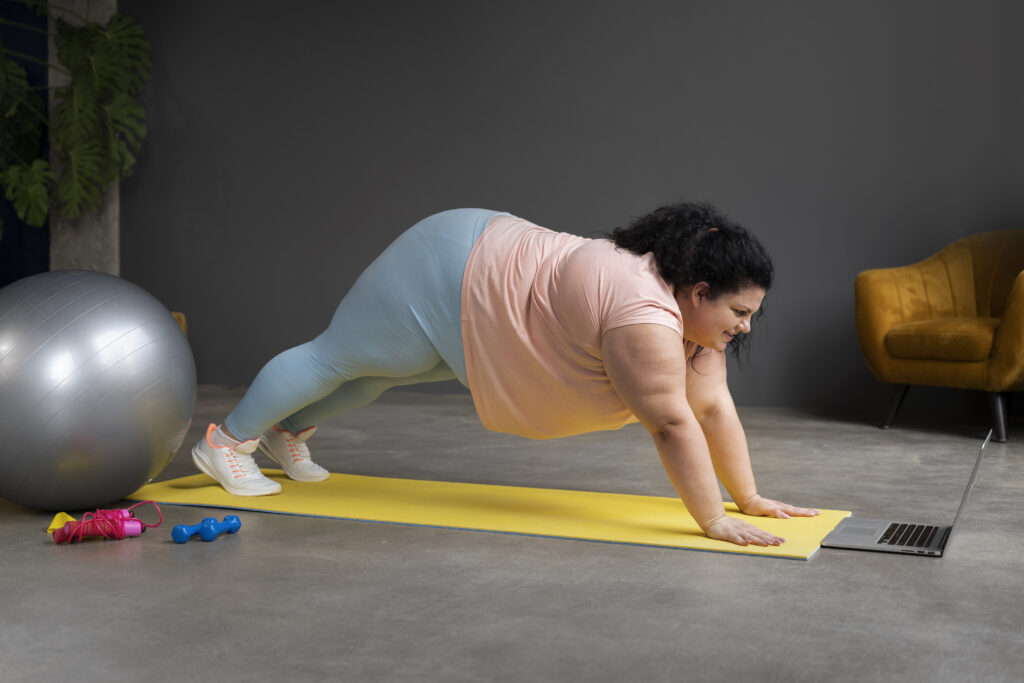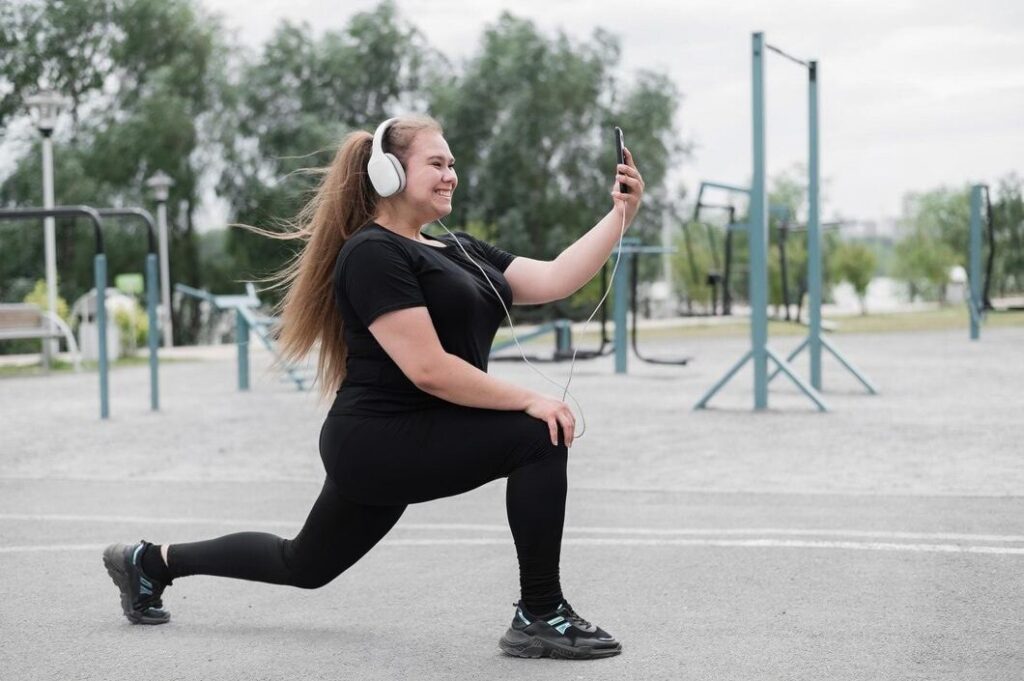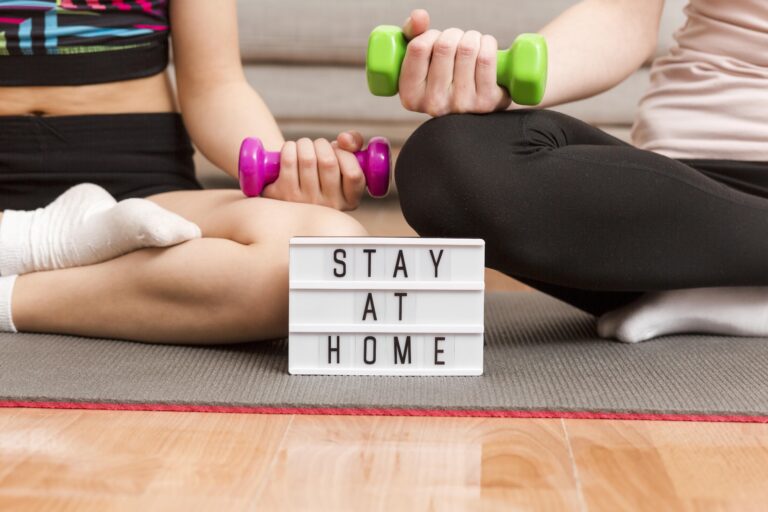
If you’re looking to get fit and burn fat but don’t have hours to spend in the gym, short HIIT workouts are your golden ticket. These workouts combine bursts of intense effort with rest or lower‑intensity moves, giving huge results in minimal time. The good news is, you don’t need fancy equipment, and you can do many routines at home. In this article you will discover how HIIT workouts work, why they deliver maximum results, and how to start strong so that you see the difference.
What Makes HIIT Work Better Than Long, Slow Cardio
Most people believe that long cardio sessions are the only way to lose fat or improve endurance. Actually, studies show that HIIT workouts burn more calories in less time. This happens because after a HIIT session your metabolism stays elevated — your body continues burning calories even at rest. This phenomenon, known as excess post‑exercise oxygen consumption (EPOC), means you get more value for your effort. Also, fat‑burning HIIT routines help preserve lean muscle better than long hours of steady cardio, which sometimes break down muscle along with fat. And because sessions are shorter, you’re more likely to stick with them in the long term.
How to Do HIIT at Home Without Equipment
You can get excellent results from HIIT workouts at home without any gym gear. Bodyweight moves like burpees, push‑ups, high knees, mountain climbers, and squats are perfect. Choose 4‑6 exercises and arrange them in intervals, for example 30 seconds work, 20‑30 seconds rest. Do this circuit 3‑4 rounds depending on your fitness level. Always warm up before and cool down after to prevent injury and help recovery. This kind of routine gives best HIIT workouts feel without needing weights or machines.

Sample Routine to Get Maximum Results
Here is one example of a fat‑burning HIIT routine you can try:
List Style Point:
- A 20‑minute home routine with no equipment: 40 seconds of jump squats, 20 seconds rest; 40 seconds mountain climbers, 20 seconds rest; 40 seconds push‑ups, 20 seconds rest; 40 seconds burpees, 20 seconds rest; repeat 3 rounds; finish with 5 minutes stretching or low‑intensity movement.
How Often Should You Train HIIT for Best Outcomes
Doing short HIIT workouts 2‑3 times per week tends to hit the sweet spot. This frequency gives your muscles time to recover while still pushing your cardiovascular system. Recovery days are crucial — on those days you can do stretching, mobility work, or light activity. Overdoing HIIT can lead to fatigue, risk of injury, or burnout, so balancing rest, proper nutrition, and sleep is essential.

Additional Tips to Enhance Your HIIT Results
Pushing yourself just enough without sacrificing form is vital. Always listen to your body, especially if you are a beginner. Gradually lower rest intervals or increase the intensity as your endurance improves. Pair your HIIT workouts with wholesome nutrition, enough protein, and hydration — because no matter how good the routine, without good recovery your progress will stall. Also, try different exercise combinations so that your workouts stay interesting and you don’t hit a plateau.
Why Short HIIT Gives More Motivation and Consistency
Short workouts are mentally easier to commit to. Waking up knowing you only need 15‑20 minutes makes you more likely to start, rather than skip. Seeing quick improvements — more energy, better endurance, slimming down — keeps you motivated.Plus, when a workout feels achievable, you are more consistent, and consistency is the key to lasting fitness gains.

Conclusion
Short HIIT workouts are one of the smartest fitness strategies if you want fast, maximum results without spending hours in the gym. Whether you do them at home, without equipment, or have a small space, with the right routine, rest, and effort you will see change. Focus on doing quality over long time, allow recovery, and make sure your workouts are regular. Make this plan a habit, and over weeks you’ll notice improved stamina, reduced fat, better heart health, and more confidence.
Can I do HIIT workouts at home without any equipment?
Yes! Many effective HIIT exercises use just your body weight, such as burpees, squats, and mountain climbers, making them perfect for home workouts.
How many times a week should I do HIIT workouts?
For best results, aim for 2-3 sessions per week, allowing rest days for recovery to avoid burnout or injury.
Are short HIIT workouts effective for weight loss?
Absolutely! Short HIIT workouts increase metabolism and help burn calories efficiently, supporting weight loss and muscle tone.
Do I need to warm up before doing HIIT?
Yes, warming up for 5-10 minutes reduces injury risk and prepares your body for intense exercise.







